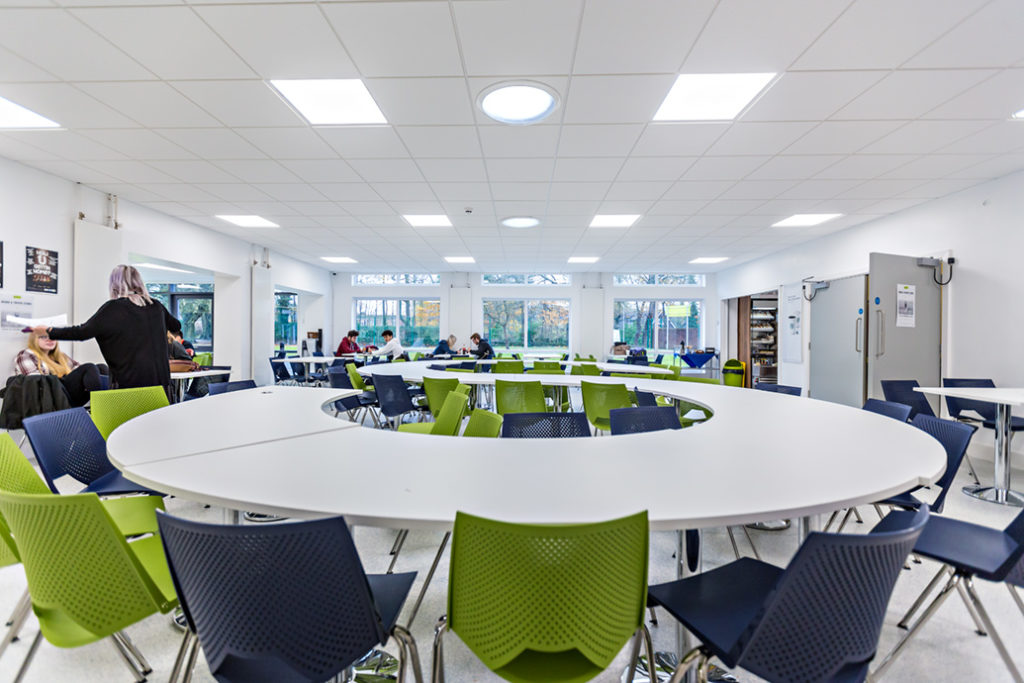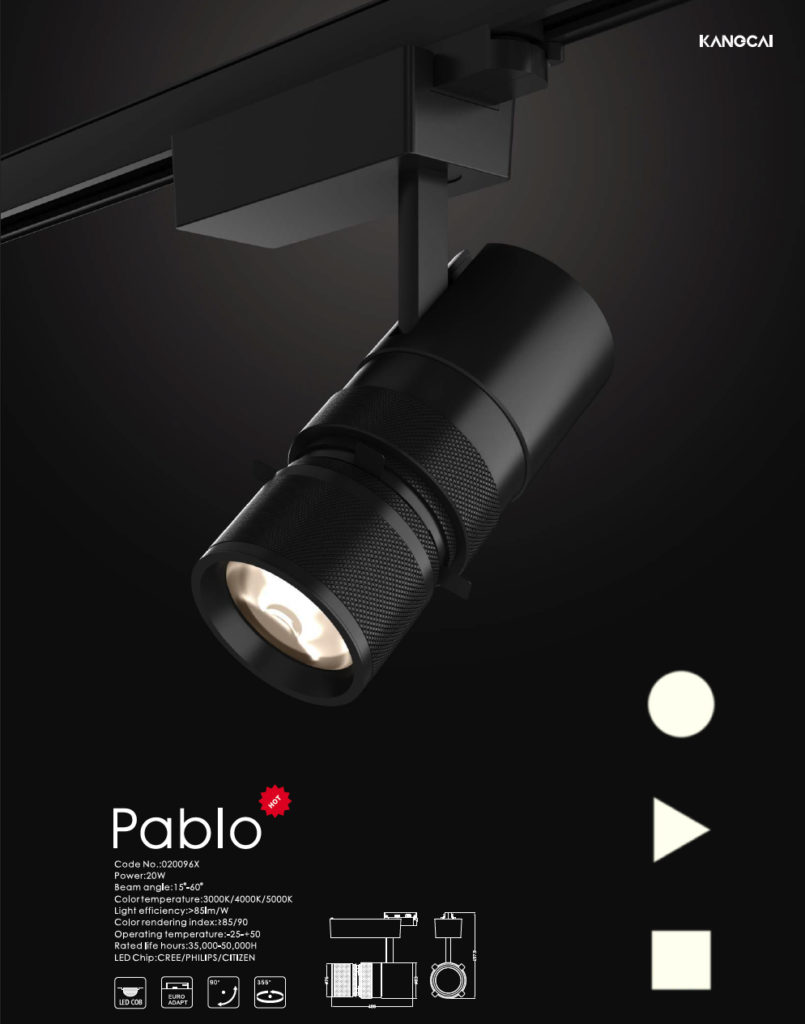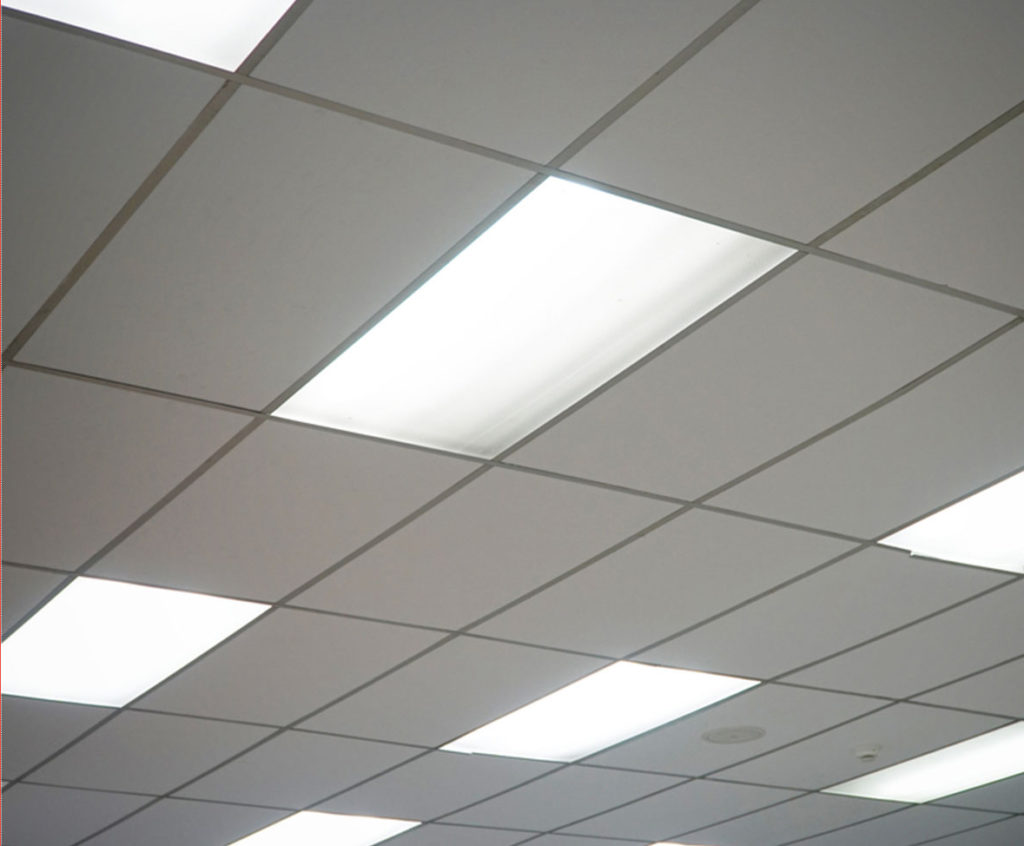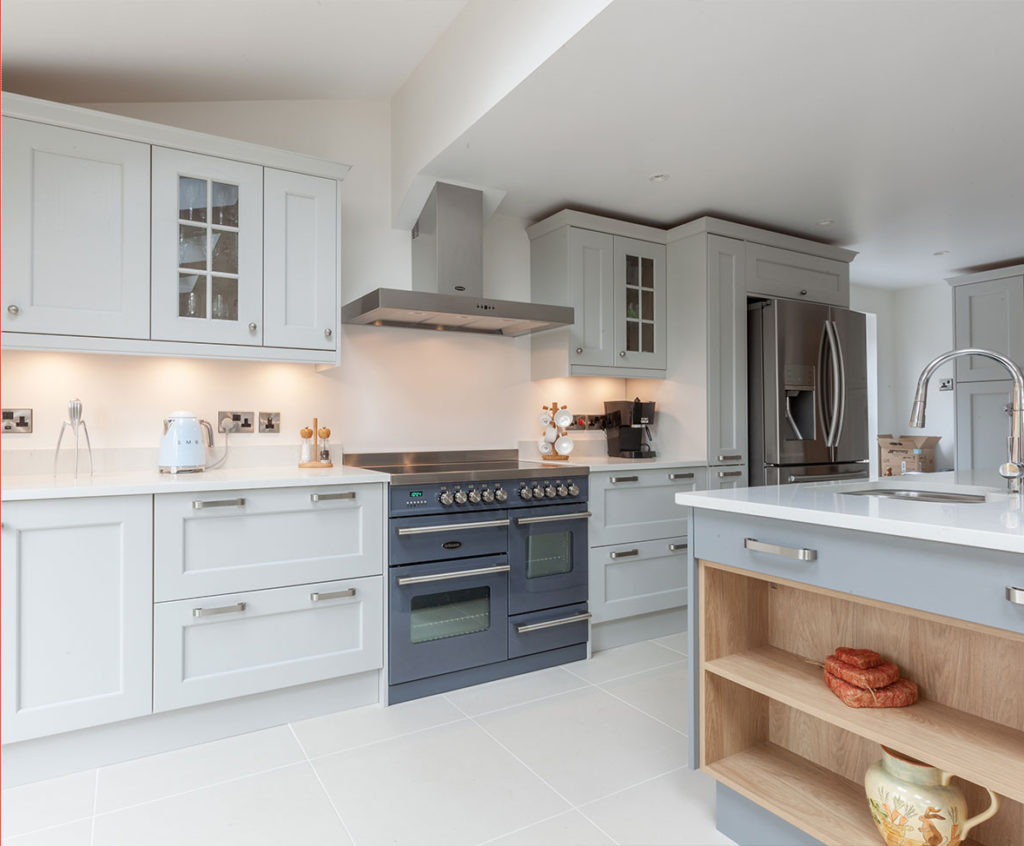Kitchens are no longer just for preparing food – they are multifunctional spaces that can be used for dining, entertaining guests, hosting parties, and much more. Which makes the question of choosing kitchen lighting a lot more complex.
A good start is to make the lighting a component part of the kitchen design process. Don’t let the lighting element be the last thing you consider, because by then it will be too late. Consider how the room is to be used: where the appliances and worktops will be situated, how guests will circulate, where best to place the dining table and kitchen island.
Here are some suggestions that should meet the needs of most modern kitchens.
General lighting
LED downlights have been the go-to source for kitchen lighting for many years. The LED downlight is the workhorse of kitchen lighting. It can provide general illumination, but also deliver light to specific features such as worktops, even artworks. And although we’re beginning to see alternative ways of providing this general illumination, including more use of decorative ceiling fixtures, the downlight is still prevalent in today’s kitchen.
A dining area within a kitchen needs to be separately controlled from the other lighting. Once the food is prepared and everyone is seated at the table, there should be the choice of dimming the general lighting or switching it off entirely.
Task lighting
Task lighting is essential in any modern kitchen and should be the brightest of all the luminaires in the room. To achieve this, localised task lighting should be provided above every working surface.
The essence of good task lighting is to have a light above the worktop and in front of the person working, ensuring that no one is chopping food (and fingers) in their own shadow. Downlights can be used for this, or slimline units mounted under kitchen cabinets. Ventilation hoods designed to fit above the hob will usually include lighting that is specially built to resist steam and fat deposits.
If all lighting is positioned correctly, the work surfaces will be perfectly illuminated.
Pendants
Pendant lighting can be used to make a statement in the kitchen. Suspending pendant luminaires over the dining table or island creates visual focus. Making those pendants dimmable enables you to add diversity – dimming them for drinks with friends, for example, or increasing the brightness when preparing or serving food.
Pendant lighting should always emit a warm white light, providing a comforting glow that isn’t intrusive and adds to the ambience of the space.
Mood lighting
If you’re looking to create a multifunctional kitchen, suited for a quick meal after work as well as for entertaining guests, you need to be able to control the lighting for different moods and occasions.
Consider installing softer, secondary ambient lighting, such as a warm white range of fixtures with an output of around 2700K to 3000K. Stylish LED striplighting can be installed above and below cabinets, providing a subtle effect as well as looking good.
LED strips should also be dimmable, enabling the lighting to adapt to different occasions.
Integrated design
Integrating these lighting principles into the overall kitchen design at an early stage ensures that everything is considered and coordinated.





 Edge-lit versus backlit
Edge-lit versus backlit